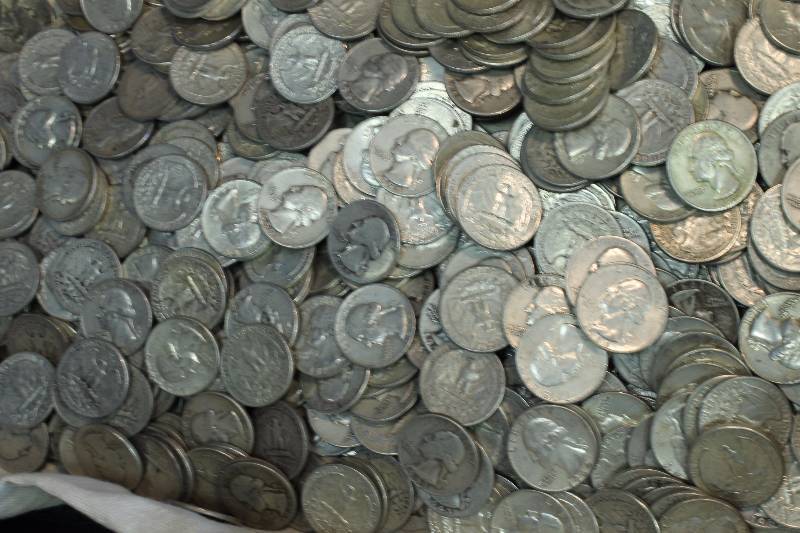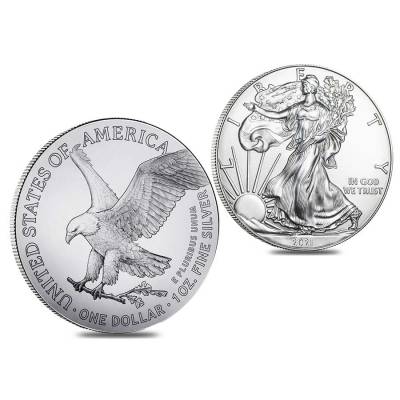It’s become pretty indisputable that the economy is in the worst state that many Americans can remember since the 2008 financial crisis and the deep recession that followed.
As a result, investors are clamoring for gold and silver bullion like never before. Demand for government issued coins, like the American Silver Eagle and the Canadian Silver Maple Leaf have skyrocketed in recent weeks since the start of the banking crisis.
However, the US Mint continues to be slow and unable to meet demands, which has caused significant increases in recent weeks to a recent high of around 60% over spot price. Some dealers, such as APMEX and JM Bullion are currently showing premiums for silver eagles at over 88% above spot price.
The US Mint outsources the manufacturing of planchets, which are coin blanks that are pressed by the mint to produce the coins. Working only with a handful of select manufacturers that meet the requirements.
Disruptions to both global and domestic supply chains effecting precious metals continue to impact investors and industry.
The raw materials used to mint Silver Eagles must be sourced from domestic silver mines, as prescribed by law.
The Mint has been unable to meet demand since 2021 when more than 28 million coins were sold. While investor demand remained strong in 2022, the Mint was only able to produce around 16 million coins.
So far in 2023, the Mint has reported sales over more than 6 million coins. However, numerous reports state the mint shifted production in late 2022 to start producing coins for the current year, which is the main reason the Mint was able to report 3,949,000 coins sold in January.
Sales reports show only 900,000 coins being sold in each month of February and March which is far below the Mint’s production capacity.
In 2015, the Mint sold 47,000,000 Silver Eagle bullion coins, the highest on record.
| Year | 1 oz ASE bullion coins |
| 2019 | 14,863,500 coins |
| 2020 | 30,089,500 coins |
| 2021 | 28,275,000 coins |
| 2022 | 15,963,500 coins |
| 2023 (4 months) | 6,199,000 coins |
It’s pretty indisputable that the economy is in the worst condition many Americans have seen since the 2008 financial crisis and the deep recession that followed.
This time around, the economy has been wrecked by a record combination of prevailing events.
It began before COVID was even a thing in September 17, 2019.
Repurchase agreements, often referred to as “repos” are short term loans between banks and financial institutions. That morning, interest rates on overnight repurchase agreements more than doubled. By the end of the trading day the rates had increased by 500%.
The Fed responded to the crisis by injecting $75 billion PER DAY in new liquidity into the repo market for a week to prevent a collapse.
Once the rates began to stabilize, the Fed continued their daily injections of fresh liquidity into the repo market until October 10.
During that three week time period, some estimates put the total amount of liquidity injected by the Fed at over $500 billion.
A few months later, the Biden administration put the entire country into lockdown, effectively shutting down every sector of the economy, aside from companies like Amazon, Walmart and other select corporations deemed “critical”.
Rising inflation began to take hold as the Fed continued to print more money to fund the pandemic with stimulus checks and other government handouts.
To combat the inflation crisis, the Fed responded with multiple steep increases in key interest rates that come faster than has happened decades.

